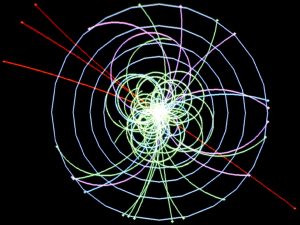An international team of scientists under the leadership of the University Hospital Bonn and the Charité — Universitätsmedizin Berlin have demonstrated that computer-aided image analysis can facilitate improved diagnosis of rare diseases among patients. By making use of data on cell surface texture, genetic material, and typical facial features, scientists have utilized artificial intelligence as a method to simulate disease models. This result is also expected to be a major breakthrough for other diseases.
The external appearance of GPI anchor deficiencies is extremely broad. In a particular gene, the clinical impact of a mutation can range from profound to mild and also applies to distinctive facial features. Mabry syndrome is a rare disease that causes mental retardation due to a change in a single Gene, narrow, tent-shaped upper lip, wide-set eyes, broad bridge of the nose, and long palpebral fissures are classic features that can be less or more pronounced. Therefore, the diagnosis of this rare disease is often complicated. Moreover, the diagnosis also becomes difficult on account of the fact that the elevated alkaline phosphatase (AP) levels, in the blood which is associated with this syndrome is not detected in every single patient. Therefore, many patients suffer for long years without any correct diagnosis.
The research team led by Dr. Alexj Knaus and Professor Krawitz, therefore decided to investigate how the diagnosis of GPI anchor deficiencies can be enhanced. They decided to improve the diagnosis by means of modern, cell surface analysis, fast DNA sequencing methods, and computer-aided image recognition. These researchers also applied artificial intelligence in image analysis. They studied a total of 91 patients and used photographs of their faces. Cell surface changes what detected in some participants for GPA anchor deficiencies. Gene mutations were also revealed through genetic analysis which is typical for Mabry syndrome. The researchers concluded that computer-aided evaluation of the portraits of the patients can improve the diagnosis of GPI anchor deficiencies through artificial modeling of gene typical faces.






Be First to Comment